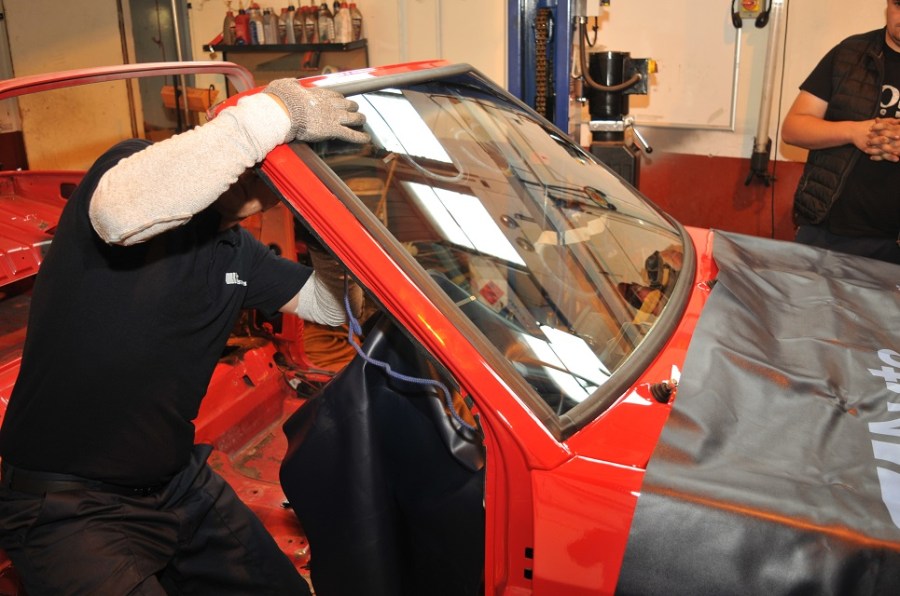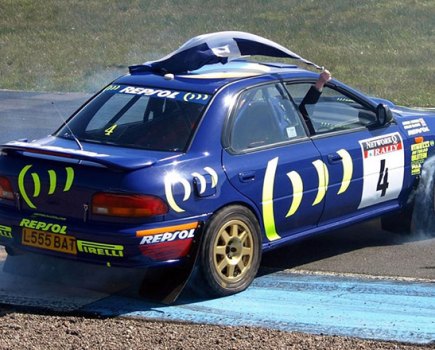Rumours abound that one of the major windscreen suppliers is to stop fitting rubber mounted glass to classic cars.
A Classics World user got in touch after his insurance company’s preferred glass supplier was unable to replace the windscreen on his classic lorry – fixed in place with rubbers like many well-known historic vehicles.
The company said it was unable to complete the work despite the owner offering to source a replacement screen himself.
A lack of staff familiar with the fitting techniques was cited as the reason, along with rubber-mounted glass now amounting for what the firm termed a ‘negligible’ percentage of cars on the road. Most modern classic and contemporary vehicles nowadays use bonded windscreens front and rear.
Bonded windscreens are easier to fit in a factory environment as basically it is just a case of applying glue and then placing the glass in. It then remains in place – and, in theory at least, leak-free – until the screen needs to be renewed. Then, because the only reason to remove a screen would be to replace it, it doesn’t matter if removal involves breaking it. That, though, doesn’t take into account the needs of restorers wanting to extend a vehicle’s normal working life or the possibility of removal to fix leaks caused by corrosion.
Britain’s first mass-market car with a bonded windscreen was the Vauxhall Victor FD, introduced in 1967. This was not a great success due to a tendency to leak which dealers had difficulty sorting. A few other makers switched in the Seventies – Volvo started fitting bonded screens with the 240 in 1974 and several Italian makers changed at around the same time for new models. It wasn’t until the ’80s that bonded screens replaced rubber as the normal method of installation. Some side and rear glass remained rubber-mounted into the ’90s.
Classic Car Buyer contacted the major windscreen suppliers for comment; one which assured us it was still catering for classic vehicles was Auto Windscreens which recently did a superb job on our own Triumph 2500 project car.
Rupert Armitage, its Managing Director, confirmed: “We pride ourselves on our ability to handle any windscreen repair or replacement, whatever the circumstances and we’re passionate about further strengthening our ties with the classic car community. Thanks to our highly trained technician team, both hub and mobile based and our partnership with glass manufacturer, Pilkingtons, we can confidently say we can work on any vehicle, regardless of the age or model.”
With over a million classics registered in the UK (according to the National Historic Vehicle Survey 2016) there certainly remains strong demand for historic vehicle windscreens – and there are plenty of national and independent specialists available to supply and fit rubber mounted windscreens and the often-fiddly trim surrounds accompanying them.
Rest assured, there’s no need to panic and if you’re struggling to get a classic screen replaced see Auto Windscreens





